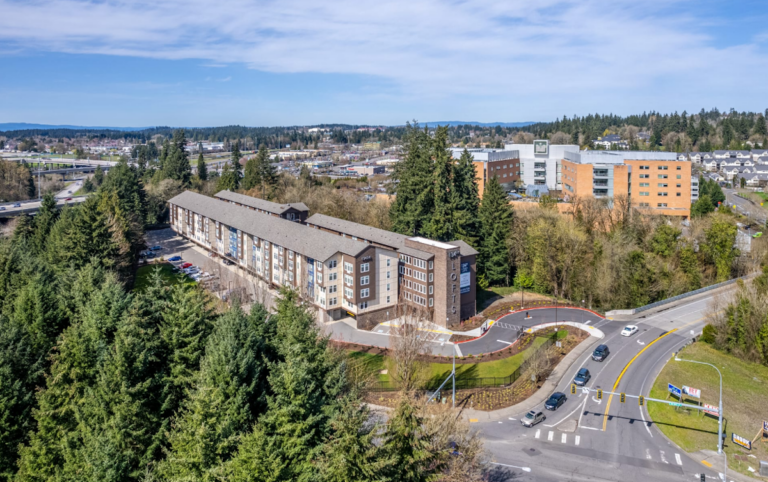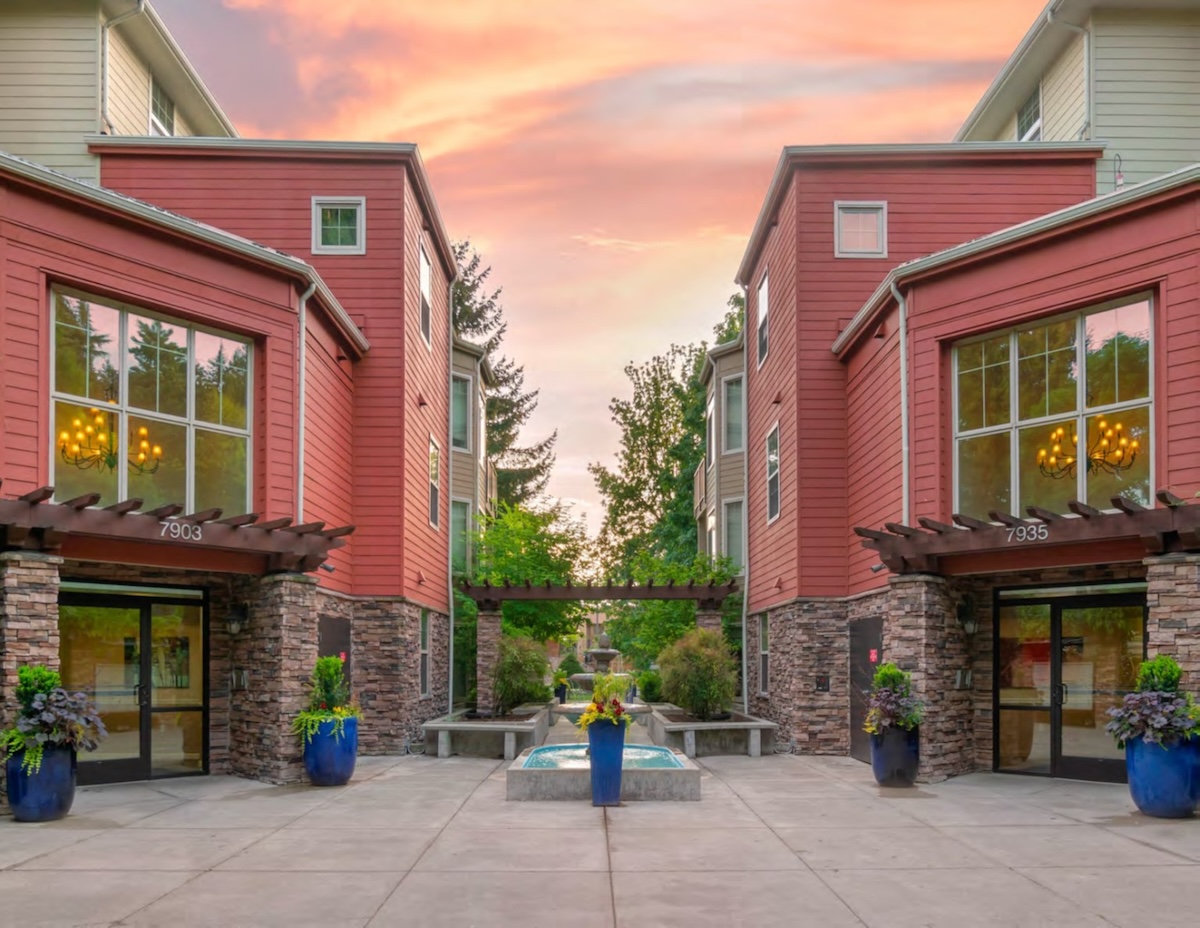
Sawtelle-based real estate firm MJW Investments, which has historically specialized in older value-add multifamily and student housing properties, is looking to buy newer properties going forward, with plans to spend roughly $200 million a year on acquisitions, with fewer student housing properties and more traditional multifamily assets in the mix.
“In the last few years, we’ve really had more of a flight to quality where we’ve bought newer stuff that was under managed,” Mark Weinstein, founder and president of MJW, said. “We’ve shifted gears a little bit. Going forward, we’re looking at buying high quality, great products in great markets.”
The company currently operates a $1.5 billion valued portfolio of real estate holdings and owns about 18,000 beds. For Weinstein, the jump to acquire more traditional forms of multifamily real estate is part of a companywide initiative to take fewer risks and buy safer assets.
According to multiple experts, this shift is not abnormal.
“This is done regularly in my opinion through some of these cycles,” Kitty Wallace, senior executive vice president at Colliers, said, noting that companies’ goals tend to rotate. “Where we are in the cycle is a good opportunity for them to do exactly what they’re doing. Mark and his group have done a good job over time changing appetite.”
For Wallace, she thinks Weinstein is just taking advantage of timing in the market – characterized by a “slow and selective” debt market that has resulted in cheaper than usual selling prices making those safer asset types more attainable for buyers.
“Given where the market is right now, newer vintages are more desirable and you can actually get, just from a basis play, an equivalent deal on a newer vintage,” Max Mellman, managing partner at Beverly Hills-based real estate advisory firm Max Benjamin Partners and a macroeconomics expert, said. “There’s a lot more liquidity in markets for it, I’m assuming just given the lack of demand. Buyers are able to pick up deals at much newer vintages than what they could have done two years ago.”
Tug of war

One of the main incentives to make this switch is rooted in the friction that has arisen between landlords and tenants in recent years, as well as the inflexibility that comes with maintaining older properties.
“From an investment standpoint, it simply comes down to executing the business plan,” John Boyett, a multifamily expert at CBRE Group Inc., said. “And when you have risks, or unknowns factored into a business plan, it becomes harder and harder to be able to execute that business plan and be able to do it on a consistent basis.”
Within Los Angeles, the rent stabilization ordinance, adopted in 1979 and commonly called RSO, was created to provide rent control and just-cause eviction protection for residential structures built before Oct. 1, 1978.
“There are a lot of unknowns that come along with RSO properties,” Boyett said. “Increased legislation, rent control laws that restrict you from being able to raise rents more than a couple percent – which don’t even allow an owner to keep up with the increase in cost associated with operating the building.”
While utilities such as water, gas, electricity and trash, as well as the cost of insurance, have all skyrocketed in recent years, the inability to raise rental prices often resulted in property owners losing capital gain.
“The pandemic was really rough,” Weinstein said. “Not only for the fact that people weren’t paying rents, (but that) you couldn’t raise rents for three or four years and it was hard with the backlog of the courts to evict people.”
By default, there tends to be more risk associated with older asset types in which the return of investment is often not immediately recognized.
Newer apartment complexes, however, are seen as far safer investments due to the way landlords can set their own rates and be in more control. They allow investors direct ability to offset increased operating costs and keep up with inflation.
Put simply, “buying a building that’s newer and has less rent-controlled laws eliminates some of the unknowns,” Boyett said. “The more unknowns there are on an investment, the harder it is to consistently execute the business plan that investor wants.”
Expanding out

a MJW asset in Redmond, Washington.
And beyond the structural shift taking place, Weinstein and his team have also made a geographical push outwards, tapping into new markets such as Phoenix, Denver, Salt Lake City, Raleigh and San Diego – all of which tend to have more relaxed forms of legislation than Los Angeles.
“It’s tougher and tougher for landlords in Los Angeles,” Mellman said. “I understand the premise of wanting to move out into friendlier red states.”
As of now, most of MJW’s holdings are located outside of Los Angeles, with only 10 properties located within the county. Looking ahead, Weinstein’s goal is to spend roughly $200 million on acquisitions a year and expand outward even more, focusing on luxury rentals and other asset types.
“When a company is smart enough, they understand there’s many different investment vehicles out there,” Boyett said. “They’re wisening up and understanding there are other opportunities and they don’t just have to buy in their backyard. They can expand their horizon and move their capital into other states (and) other asset types to improve the returns and ultimately achieve whatever their business is to get the return they’re looking for.”
